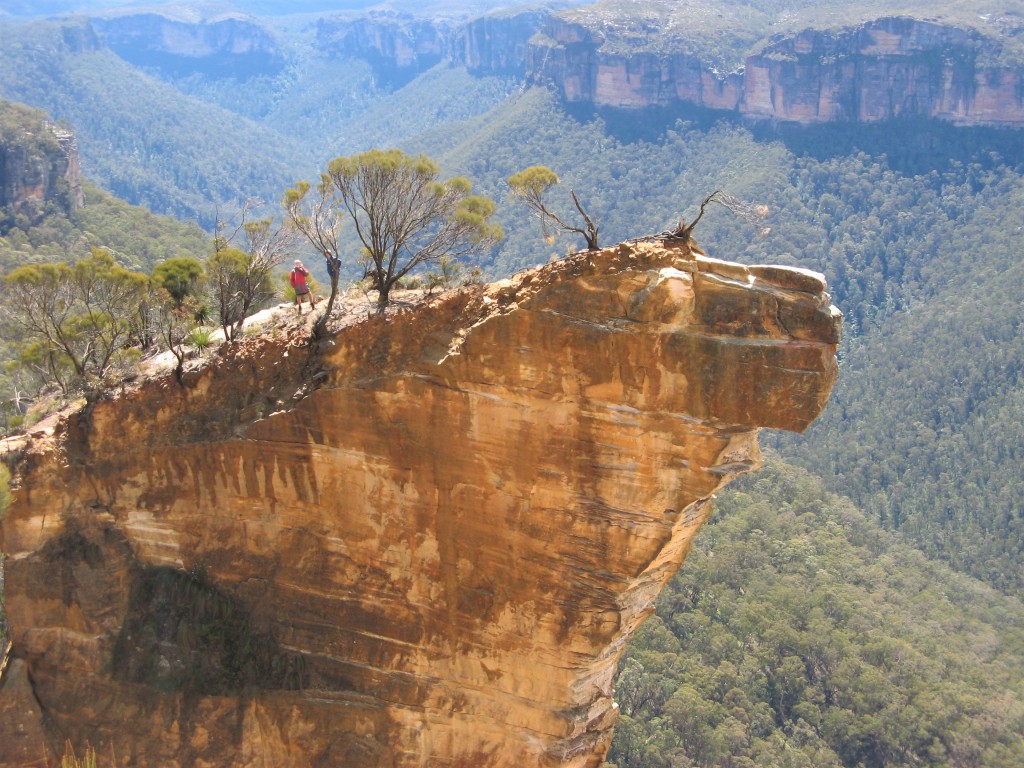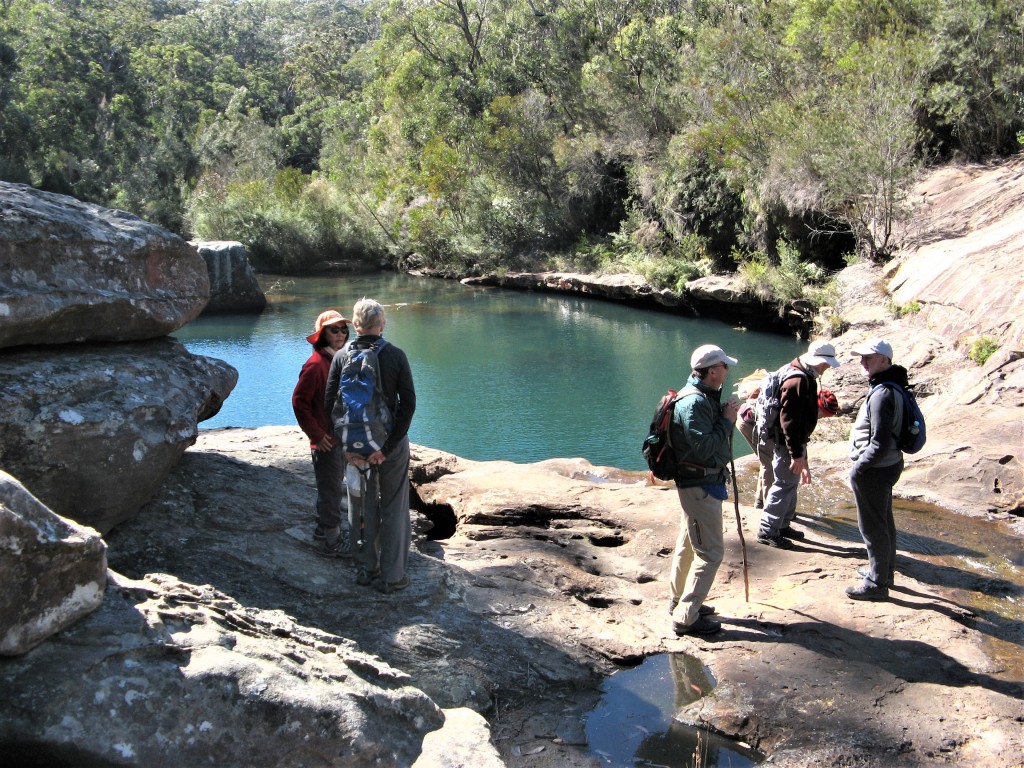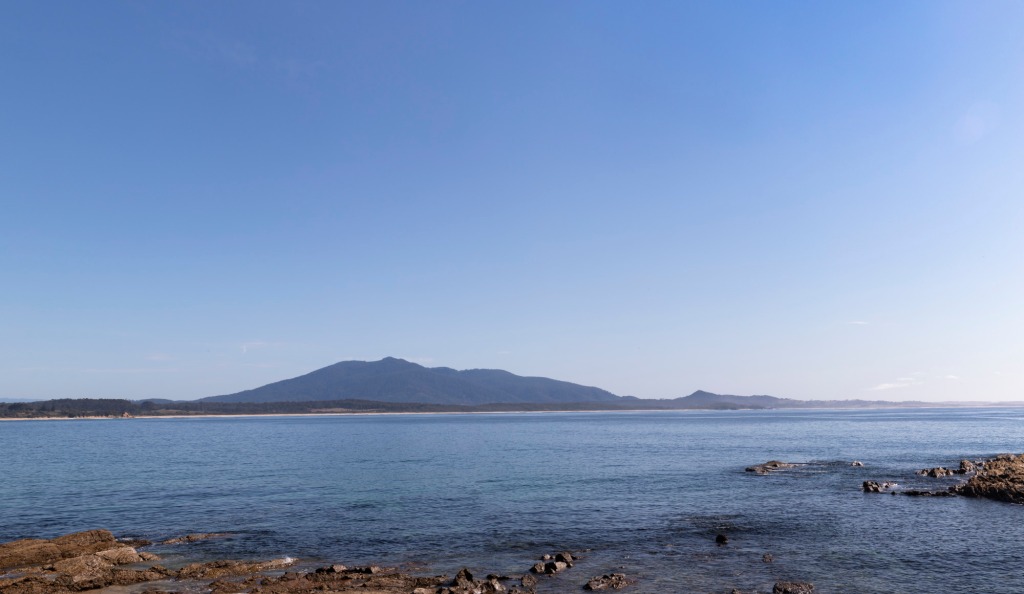One of the great challenges facing human beings is how to live in harmony with one another, and with other living things.
Humans exhibit love, compassion, loyalty and the other emotions that make possible living together in all manner of social groups, even nations. But we are just as (some might say, more) capable of deploying negative emotions, including fear, hatred, intolerance and prejudice, that set individuals, families, communities, tribes and nations against one another.
If history and the daily news are any guide, division is humanity’s default condition. ‘Us-and- them’ rather than ‘us-together’ competes strongly to be our species’ dominant mode of thinking, feeling and behaving. As Prime Minister, Anthony Albanese said in reflecting on the compounded impact of recent knife attacks in Sydney, “You can’t take community cohesion for granted”.
Divisiveness and division may be a by-product of human evolution. In the interest of individual and species survival, we may have been genetically programmed to affiliate exclusively and tenaciously with the people we depend on and who ‘belong’ to us – family, kin, friends, and ‘tribe’ – and to avoid, suspect, reject and destroy those who are different from us and thus could be competitors, threats or enemies.
The irony is that despite the divided fabric of humanity, every person is connected to every other person and indeed to every other thing in the Universe. We are united in a web of interconnectedness that spans all of time and space.
Contrary as this may seem to our observations, understandings and intuitions, it is scientific fact.
Our familiar, day-to-day world appears to us to consist of countless separate objects, including ourselves. That is the ‘real’ world as we observe it. But this is just one version of reality – the world of ‘big’ things. Every big thing is made up of smaller things. Until the 20th century, atoms were believed to be the smallest of these things. But now atoms are known to comprise protons, neutrons and electrons, with the protons and neutrons consisting of even smaller particles – quarks.
Along with electrons, quarks are the smallest particles we know.
So, is this the final answer to the age-old question: What are the fundamental building blocks from which we and everything else in the Universe are made?
Well, not quite. As Cambridge Professor David Tong explains in a fascinating Royal Institution lecture, the fundamental building blocks of all things are not particles, but invisible, fluid-like substances that ripple, sway and interact with one another throughout the entire universe. Physicists call these substances, fields. All the quarks and electrons in you and me belong to one or other of these fields. This means that all your electrons are my electrons; all your quarks are my quarks; all your electrons and quarks are the electrons and quarks of your pet cat, the pot plant on your balcony and the moon, and so on.
Even though the world of electron and quarks – the quantum fields – is difficult for everyone (including the brightest scientists) to make sense of, physicists can describe it in great detail and make predictions about it with astonishing accuracy. According to David Tong, the theory physicists now have of quantum fields allows them to predict the result of EVERY scientific observation that has been made and every scientific experiment that has ever been conducted. It is, as he puts it: ‘The theory of everything (so far)’.
The discovery of quantum fields reveals something profoundly important and inspiring about human existence. It tells us that it is an existence we share with every other living and non-living thing. The belief that we are all connected with one another, and with nature is not simply a nice idea dreamed up by poets, philosophers, theologians and mystics. It is literally true.
What this truth means is that, at the foundation of our being, I am you and you are me. We are more than relatives or kin; we are one and the same. We are OF one another, and we are OF everything else on Earth and in the Universe. Indeed, we are of the Universe itself.
The poet John Donne partially captures this reality is his famous lines:
No man is an island,
Entire of itself;
Every man is a piece of the continent,
A part of the main.
The creation stories of Australia’s First Nations people, also acknowledge the unity of humanity with itself and all other living and non-living things. For Australia’s first peoples, they are the country of their origins in a literal, organic as well as symbolic sense.
Time in nature helps me to get my mind around this awesome truth and to make it ‘real’ in my life. Looking at plants, shrubs and trees, for example, can remind me that the oxygen I inhale with every breath comes from some form of green vegetation. It may be coming from the nearby bushes and trees. It may have come from vegetation thousands of kilometres away. It may have come from plants that existed millions of years ago. Or it may have come from single-celled creatures called cyanobacteria, that lived billions of years ago and were the source of the oxygen that made life possible.
Plants are our ‘breathing partners’ because their green colouring is produced by tiny structures called chloroplasts. These structures are the homes of the descendants of cyanobacteria.
I am also helped to grasp and appreciate the truth of my universal interconnectedness when I see the streaks of rust decorating the sandstone rocks I usually encounter on my nature walks. This rust contains the same iron that, as haemoglobin, is transporting oxygen through my body. This iron was produced in the cataclysmic death of stars billions of years ago reminding me that the connectedness of all things spans time as well as space.
In my book, Connect with Nature, I tell of an experience of awe I had on a trek in the Himalaya of Nepal. The experience was one of transcendence that gave me ‘a sense of oneness with the universe’. Combining an experiences like this with an awareness of my quantum-level connection with everything else persuades me that every human life is a cosmic relationship. As such, it has an identity, significance and value that endure, regardless of how lovingly, hurtfully or otherwise people may choose to relate to one another.
Do I think that learning about quantum-level interconnectedness could purge the humanity of divisiveness? No. But I believe that learning about it and also experiencing it intuitively and emotionally in nature could be a pathway to a more harmonious planet.



































